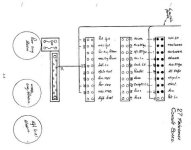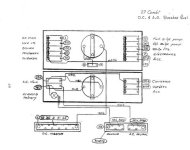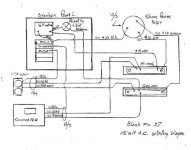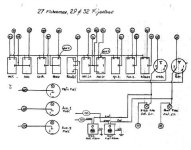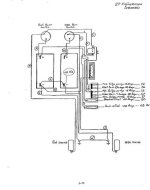Dave, understood! And I agree..... we should NOT be stacking either Neg or Pos cables on battery terminals when/if this can be avoided.
Again.... I like the buss bar idea, but if speaking strickly of engine NEG cables (ones used for heavier cranking loads), I see no reason to terminate other than directly at/on the engine itself.
(perhaps I've misunderstood how you are using this)
Each battery bank should have their own idividual NEG cable routed directly to the engine block.
Anything outside of this, adds to a potential point of failure. Again, IMOO here. Just a personal take, I suppose.
Smaller load Accessories Negs going to/from a buss bar......... Yes... fully agree! I have something very similar on my own.
The beauty is..... we all get to do what we want to on our own boats.

Mark, good point!
Some may not like this comment, but I've found more issues with the Perko battery switches, than with many others. I won't even buy a Perko for use on someone's boat. Dang near any other brand offers a better product...... again, IMOO here.
.


